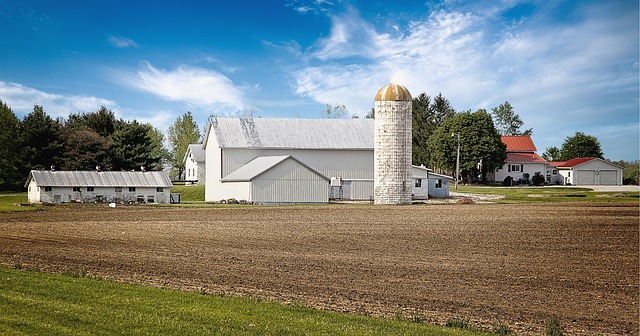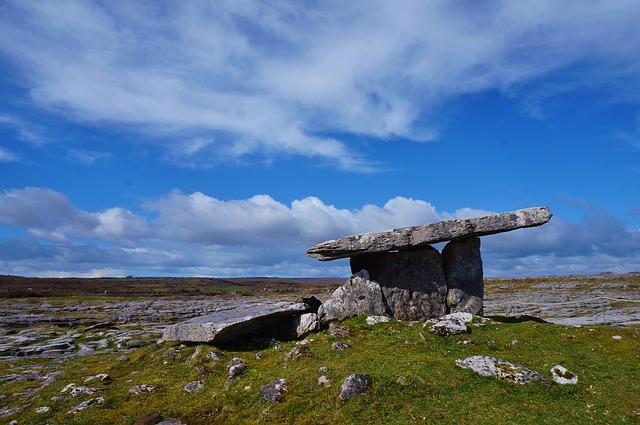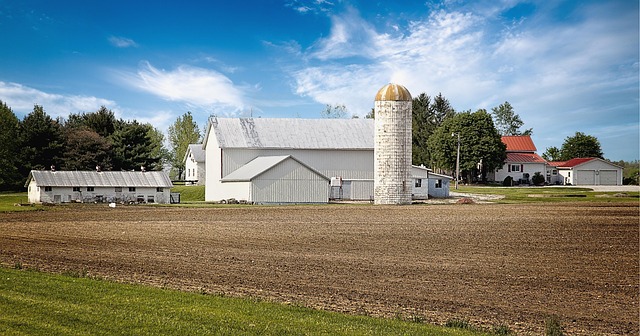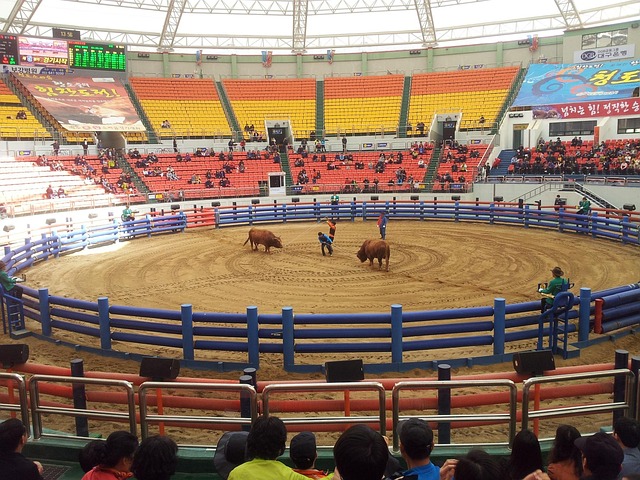The Southeastern US stands out for its fertile farmland and ranching territory, characterized by rich soils and diverse ecosystems. It's a top agricultural region due to deep, well-drained soils supporting crops like cotton, corn, soybeans, and wheat. Beyond agriculture, the area boasts biodiversity with forests, wetlands, grasslands, and river valleys housing endemic species. Real estate investors find opportunities in sustainable land management, preserving natural resources while embracing historical traditions of cattle ranching. The region promotes regenerative agriculture, precision farming, and organic methods for environmental benefits and economic growth, positioning it for expansion in locally sourced, sustainable food products.
“Explore the heartland of southeastern farmland and ranching territory—a vibrant landscape that offers more than meets the eye. This region boasts abundant soil fertile with diverse ecosystems, supporting a rich tapestry of wildlife and agriculture. Delve into its historical ranching traditions, passed down through generations, and discover how these heritage practices shape the area’s unique identity. Moreover, sustainable farming and ranching opportunities are paving the way for a prosperous future in real estate, attracting investors seeking lucrative and eco-conscious ventures.”
Abundant Soil and Diverse Ecosystems
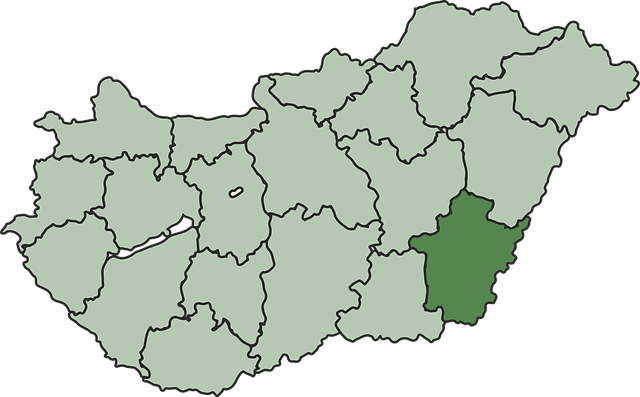
The Southeastern United States is renowned for its fertile farmland and expansive ranching territory, a landscape characterized by rich soil and diverse ecosystems. This region boasts some of the most productive agricultural land in the country, thanks to the deep, well-drained soils that support a wide range of crops, from cotton and corn to soybeans and wheat. The soil’s fertility is a direct result of the area’s unique geological history and moderate climate, which create ideal conditions for organic matter accumulation and nutrient retention.
Beyond agriculture, the Southeastern farmland and ranching territory harbors an incredibly diverse array of ecosystems, from dense forests and wetlands to grasslands and river valleys. This biodiversity supports a multitude of plant and animal species, many of which are endemic to the region. The interconnectedness of these habitats is crucial for maintaining ecological balance, providing habitat for rare and endangered species, and contributing to the overall health of the environment. For real estate investors interested in sustainable land management, this rich ecological tapestry presents both opportunities and responsibilities, highlighting the need for responsible stewardship of these valuable natural resources.
Historical Ranching Traditions and Heritage
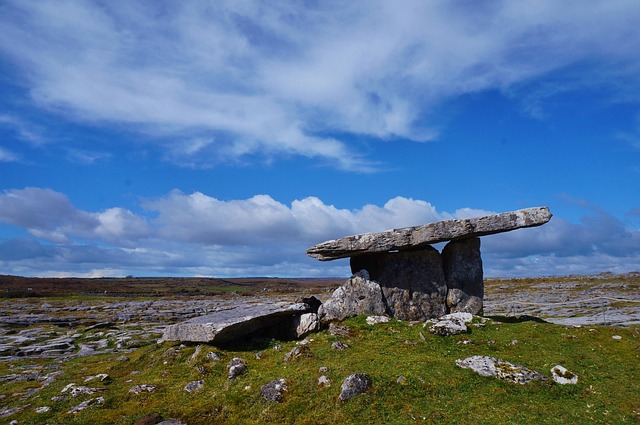
Southeastern farmland and ranching territory boasts a rich history intertwined with the traditions of cattle ranching. For centuries, this region has been defined by the hard-working ranchers who have shaped its landscape and culture. The enduring legacy of these ranching practices extends far beyond mere agriculture, serving as a vital part of the area’s cultural heritage.
The historical connection to ranching is evident in the vast acres of pristine land, where families have passed down properties through generations, fostering a deep-rooted sense of community and stewardship. These traditional ranches often feature majestic landscapes, from rolling hillsides to sprawling plains, offering not just a way of life but also a tangible link to the past. In the realm of real estate, these historical ranching traditions attract buyers seeking not only investment opportunities but also a chance to become part of a storied heritage.
Sustainable Practices and Future Opportunities

The Southeastern farmland and ranching landscape is not just about historical traditions; it’s also a canvas for sustainable practices that offer both environmental benefits and future economic opportunities in real estate. Farmers and ranchers are increasingly adopting regenerative agriculture, precision farming, and organic methods to preserve soil health, enhance biodiversity, and reduce their carbon footprint. These practices not only contribute to a more resilient ecosystem but also create high-value, marketable products that can command premium prices.
Looking ahead, the region’s agricultural sector is poised for growth, driven by consumer demand for locally sourced, sustainable food products. This presents exciting prospects for real estate investors who recognize the potential of developing eco-friendly, agritourism ventures or converting underutilized lands into modern farming operations. By embracing innovative and sustainable practices, Southeastern farmland can continue to thrive while meeting the evolving needs of both local communities and a global market.

